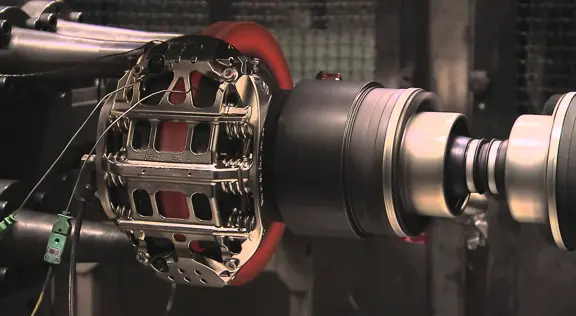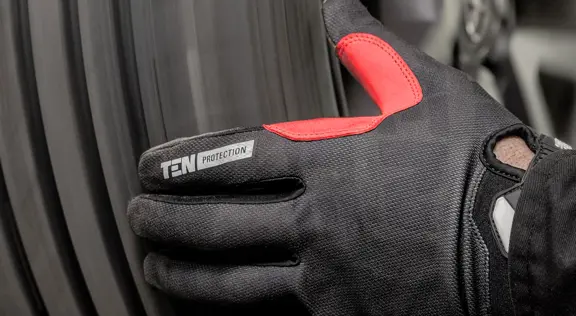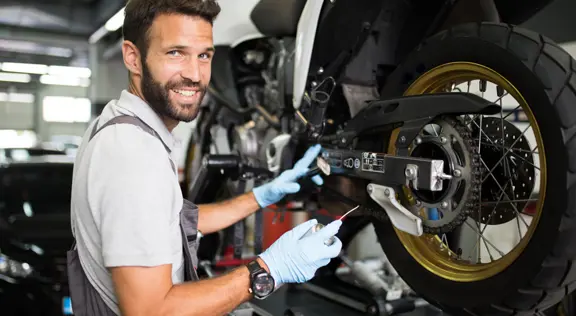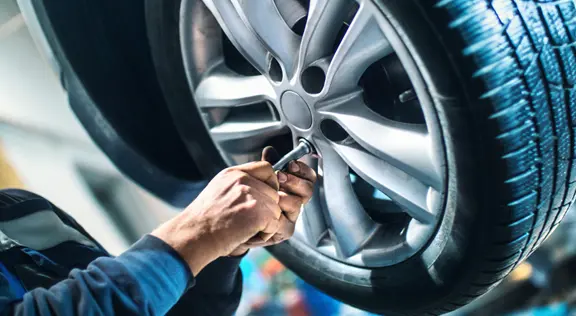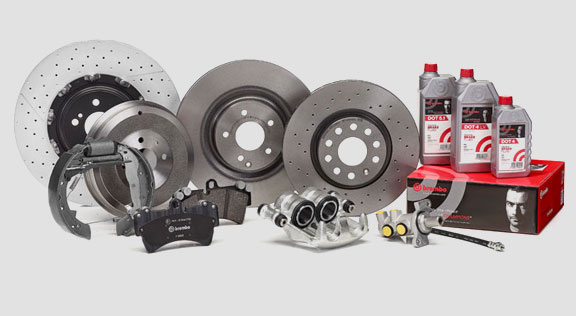Composite brake rotors: a solution to reduce your vehicle’s weight and fuel consumption
What’s the difference between integral brake rotors and composite rotors (in two parts)?
The former are made up of a single cast iron piece, whereas composite rotors are composed of two separate elements: a cast iron braking surface and an aluminium or steel hub. These two components can be joined together in a variety of ways:
The former are made up of a single cast iron piece, whereas composite rotors are composed of two separate elements: a cast iron braking surface and an aluminium or steel hub. These two components can be joined together in a variety of ways:
- using fixing bushes, as in the case of floating rotors
- using steel pins, as in the case of riveted rotors (e.g. on premium BMW vehicles)
- using casting, as in the case of co-cast rotors.

Advantages of composite rotors: reduced weight
Using an aluminium (or steel) hub instead of a cast iron one allows the overall weight of the rotor to be reduced by about 15%.
This reduction may appear insignificant, but in actual fact it affects fuel consumption, performance and road handling significantly. The reason is that the rotor is part of the unsprung weight of the vehicle, which considerably affects the vehicle behaviour.
Vehicle weights
Let’s see the difference between unsprung weight and sprung weight:
- any parts that remain at the same distance from the ground are defined as unsprung weight, such as the wheels, tyres, brakes, hubs, semi-axles and shock absorbers.
- sprung weight refers to all the parts of the vehicle above the suspension springs, such as the chassis, the engine, the body and the gearbox.
The ratio between sprung and unsprung weight is a fundamental parameter for defining the behaviour of a vehicle and to guarantee minimal comfort, it should be at least equal to 5: compact cars usually have a ratio of just above 5, whereas premium segment cars can even exceed 7 points.
High values also mean greater precision and stability, reducing the impact caused by bumpy surfaces.
High values also mean greater precision and stability, reducing the impact caused by bumpy surfaces.
Performance and reduced emissions
Wheels and brake rotors are weights which use much more of the engine’s power due to their rotary motion. Being able to reduce the amount of unsprung weight therefore increases the amount of available power and reduces consumption, thereby also reducing emissions, a vital goal for the vehicles of the future.
But it’s not just the vehicle performance that can improve. The performance levels of the braking system also benefit from the use of a floating rotor, for instance. The fixing bushes between the hub and the braking surface generate greater system flexibility, reducing the possible plastic deformation caused by high temperatures. The braking surface, which heats up considerably, in this type of rotor can expand without deforming, thereby avoiding permanent deformations and stresses.
Riveted and floating rotors, which are usually used on more powerful and sports cars, can also be applied to lower performance vehicles, thereby providing significant improvements to the system’s braking capacity, performance and vehicle emissions.
Is there anything else you want to ask?
Contact the Brembo technical support team. Our technicians will get back to you as soon as possible!
